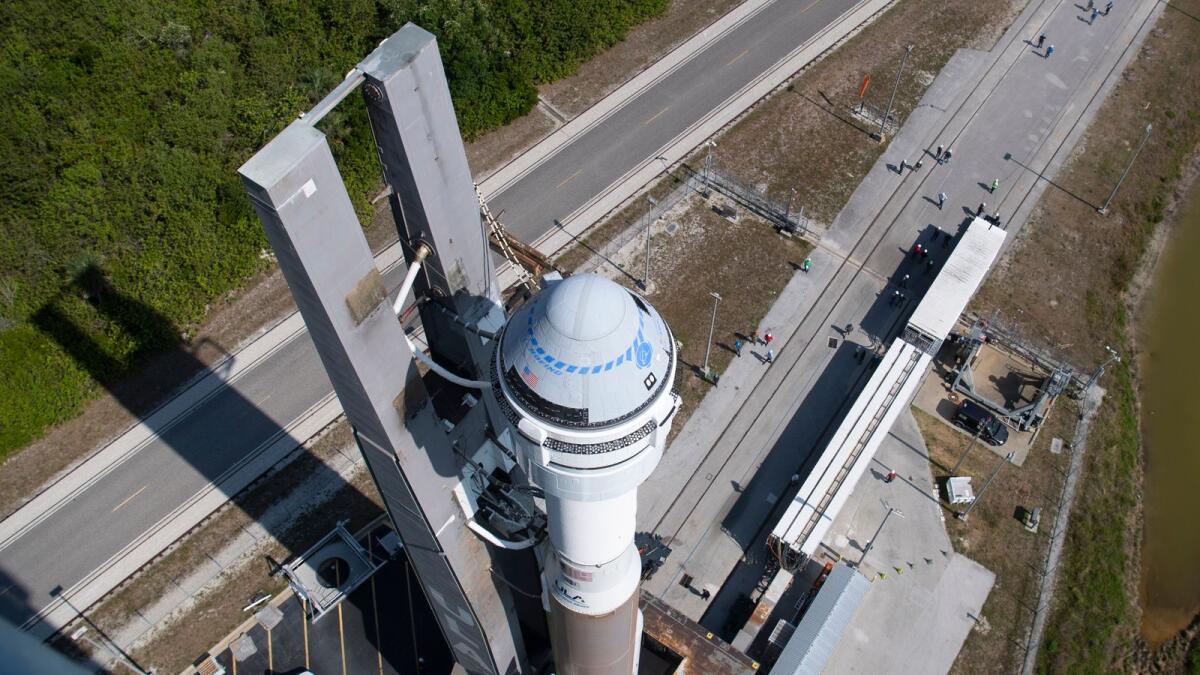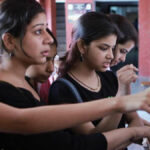Boeing is set to launch its first crewed mission of its Starliner spacecraft, carrying two NASA astronauts to the International Space Station (ISS). The launch is critical for Boeing to regain its reputation after safety issues with its passenger jets. This final test before regular service for the space agency is important for NASA as well, providing a second option for human space flight alongside SpaceX’s Dragon vehicles. The astronauts, Butch Wilmore and Suni Williams, are set to take off from Cape Canaveral on Monday night, if weather conditions remain favourable.
The Starliner spacecraft will be propelled into orbit by an Atlas V rocket made by United Launch Alliance, a joint venture between Boeing and Lockheed Martin. Once in space, the astronauts will have tasks to test the craft’s functionality, including manually piloting the craft. Both Wilmore and Williams are Navy-trained space program veterans who have been to the ISS twice before. Williams describes the experience as going back home, while Wilmore emphasized that everything about the Boeing spacecraft is new.
After arriving at the ISS, the astronauts will conduct tests to ensure that the spacecraft is working properly before returning home. A successful mission would help restore confidence in the Starliner program, which has faced several setbacks. NASA plans to alternate between SpaceX and Boeing vessels to transport astronauts to the ISS once Starliner is fully operational. Additionally, both Starliner and Dragon could be used to ferry humans to future private space stations after the ISS is mothballed in 2030.
Overall, the upcoming crewed mission of Boeing’s Starliner spacecraft is a significant milestone for the company and NASA. With the potential to provide a second option for human space flight and support future private space stations, the success of this mission could have far-reaching implications for the future of space exploration. Stay tuned for updates on this groundbreaking mission as Boeing prepares to launch its astronauts to the ISS.









